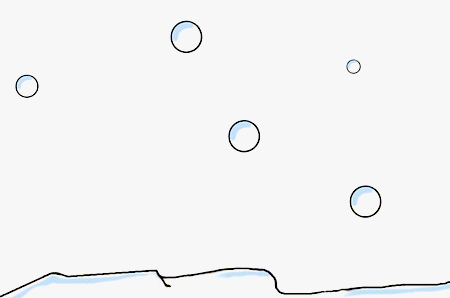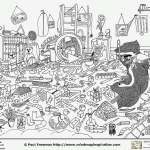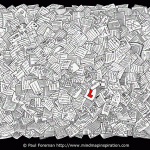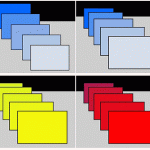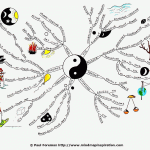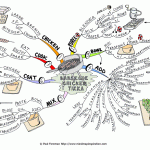The simple effects that can be created with a splash of colour are phenomenal.
Lighter colours are ideal
Warm reds, oranges and yellows
Cooler greens and blues
Softer pinks and violets
Sometimes when creating images a black and white ink drawing with one shade of colour as a contrast is all you need.
A brilliant example is using a cool light blue to give a hint of snow:
Colors can have a powerful impact on our emotions and can evoke a wide range of feelings, from calmness and happiness to anger and sadness. The way we perceive colors is largely subjective, but certain colors have been shown to have universal associations with specific emotions.
For example, warm colors such as red, orange, and yellow are often associated with energy, excitement, and passion. These colors can evoke strong emotions and are often used in marketing and advertising to grab attention and create a sense of urgency.
Cool colors such as blue, green, and purple, on the other hand, are often associated with calmness, serenity, and relaxation. These colors can evoke a sense of peace and tranquility and are often used in spa environments and healthcare settings.
Other colors, such as black and white, can also have powerful emotional associations. Black is often associated with darkness, mystery, and elegance, while white is associated with purity, cleanliness, and simplicity.
In addition to these general associations, different cultures may have different emotional associations with certain colors. For example, in Western cultures, white is associated with purity, while in some Eastern cultures it is associated with death and mourning.
More from Mind Map Inspiration:
Submit your review | |


